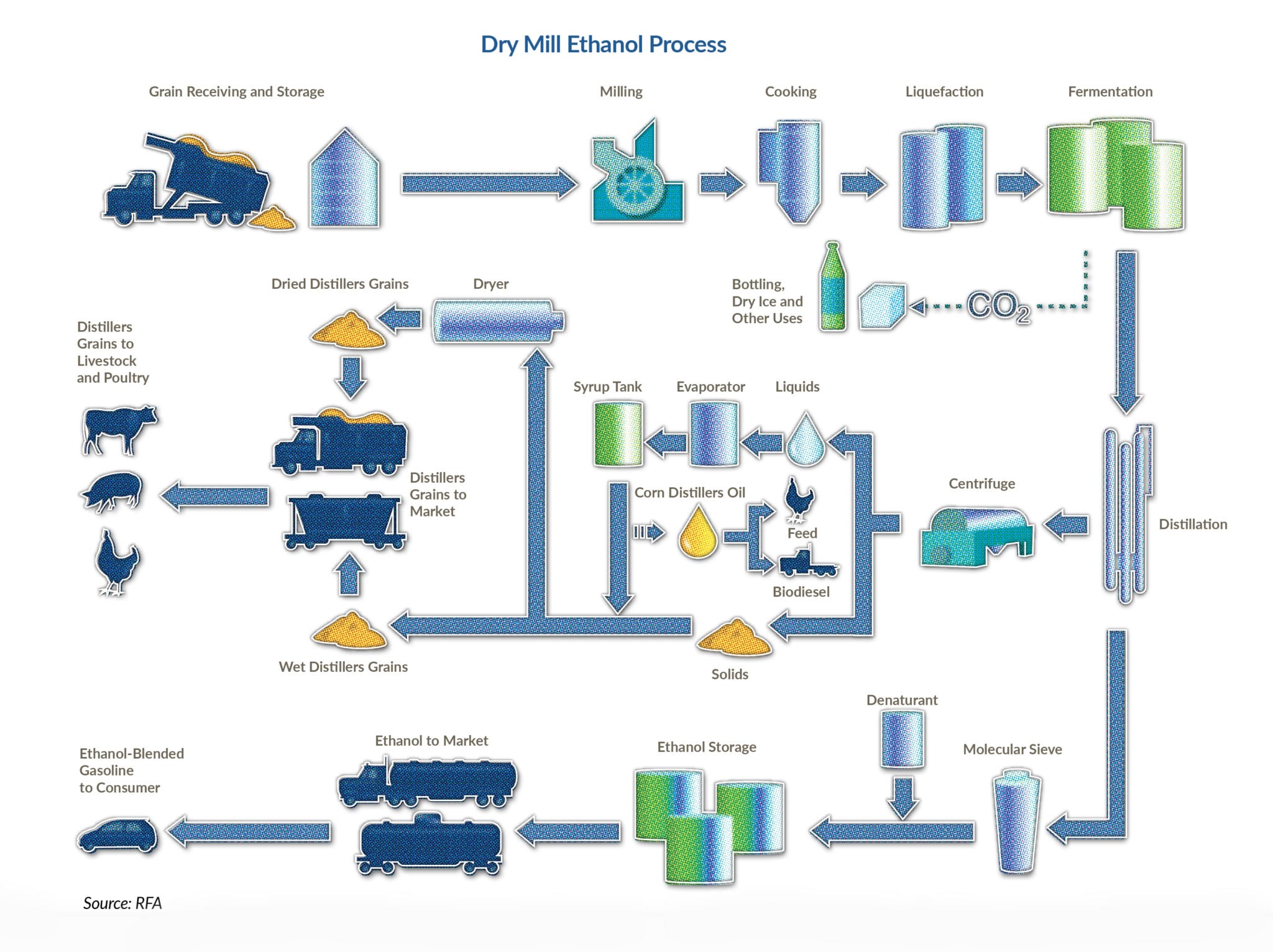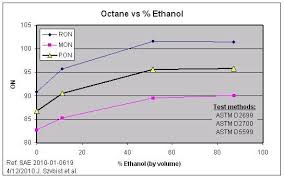Fuel. Go-gas. Gasolene. Petrol. It’s the non-diesel fuel that feeds our cars. Since 1986 Australia’s cars have been tuned to run on a fuel called unleaded petrol. Petrol is rated in a system called RON. This is Research Octane Number and in the simplest terms, the higher the number, the more resistant to pinging, or detonation, a car’s engine tune should be. Some of the fuels available have an “E” in front of the number.  This stands for Ethanol. When we see E10, or E85, this is different to RON in that it means the percentage of Ethanol versus unleaded. E10 means 10 percent Ethanol and 90. E85 is 85% Ethanol and 15 percent unleaded. In some areas E85 is known as “flex fuel”. This alludes to the fact that Ethanol is a naturally produced product starch from plants including corn, wheat, grain sorghum, barley, and potatoes, and from sugar crops such as sugar cane and sweet sorghum. E85 downside: Ethanol on its own has less burning efficiency that normal fuel. Therefore E85 in most cars will give less kilometres per litre. It isn’t generally suitable for cars tuned to run on unleaded or E10. Part of the reason for this is that it requires a high flow rated fuel system. This is due to a measurement called “stoich” This is accepted to be shorthand for “Stoichiometric’ which is a chemical term that refers to the required ratio of fuel and air for complete combustion. This means that on normal petrol an engine may need 14.7 parts air to mix with one part fuel. On E85 however, this changes to one part fuel to 9.8 parts air. So on E85 the air/fuel ratio needs to be significantly richer, which means it contains a larger volume of fuel. E85 Upside. Because it’s less prone to evaporation, or being less volatile, it burns cleaner and produces less emissions. Ethanol is also an octane boosters so when mixed with unleaded in E10, for example, boosts octane from around 91 to 94.
This stands for Ethanol. When we see E10, or E85, this is different to RON in that it means the percentage of Ethanol versus unleaded. E10 means 10 percent Ethanol and 90. E85 is 85% Ethanol and 15 percent unleaded. In some areas E85 is known as “flex fuel”. This alludes to the fact that Ethanol is a naturally produced product starch from plants including corn, wheat, grain sorghum, barley, and potatoes, and from sugar crops such as sugar cane and sweet sorghum. E85 downside: Ethanol on its own has less burning efficiency that normal fuel. Therefore E85 in most cars will give less kilometres per litre. It isn’t generally suitable for cars tuned to run on unleaded or E10. Part of the reason for this is that it requires a high flow rated fuel system. This is due to a measurement called “stoich” This is accepted to be shorthand for “Stoichiometric’ which is a chemical term that refers to the required ratio of fuel and air for complete combustion. This means that on normal petrol an engine may need 14.7 parts air to mix with one part fuel. On E85 however, this changes to one part fuel to 9.8 parts air. So on E85 the air/fuel ratio needs to be significantly richer, which means it contains a larger volume of fuel. E85 Upside. Because it’s less prone to evaporation, or being less volatile, it burns cleaner and produces less emissions. Ethanol is also an octane boosters so when mixed with unleaded in E10, for example, boosts octane from around 91 to 94.

E85 is generally then rated at around 105RON and can even reach 113RON. This makes E85 ideal for high performance vehicles or motorsport such as the fuel used in the Supercars category. It also burns cooler, meaning more finely tuned engine possibilities to avoid detonation. The Bottom Line: Unless you’re a Supercars driver or an owner of a regularly used high performance vehicle, E85 is not recommended for your daily drive. However the good news is because it’s predominantly made form natural products which are completely renewable, it could eventually be a better option for fuel with the appropriate development.